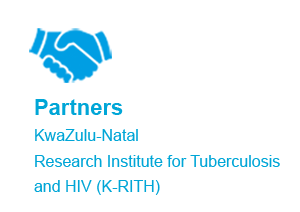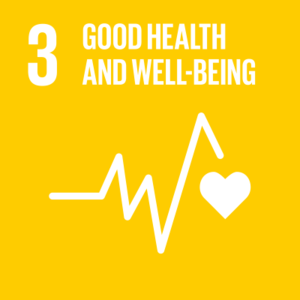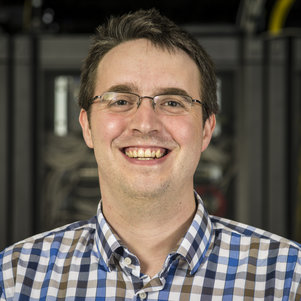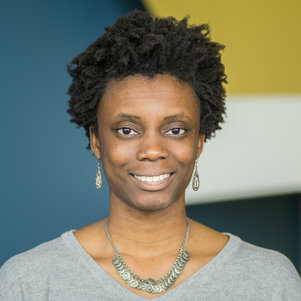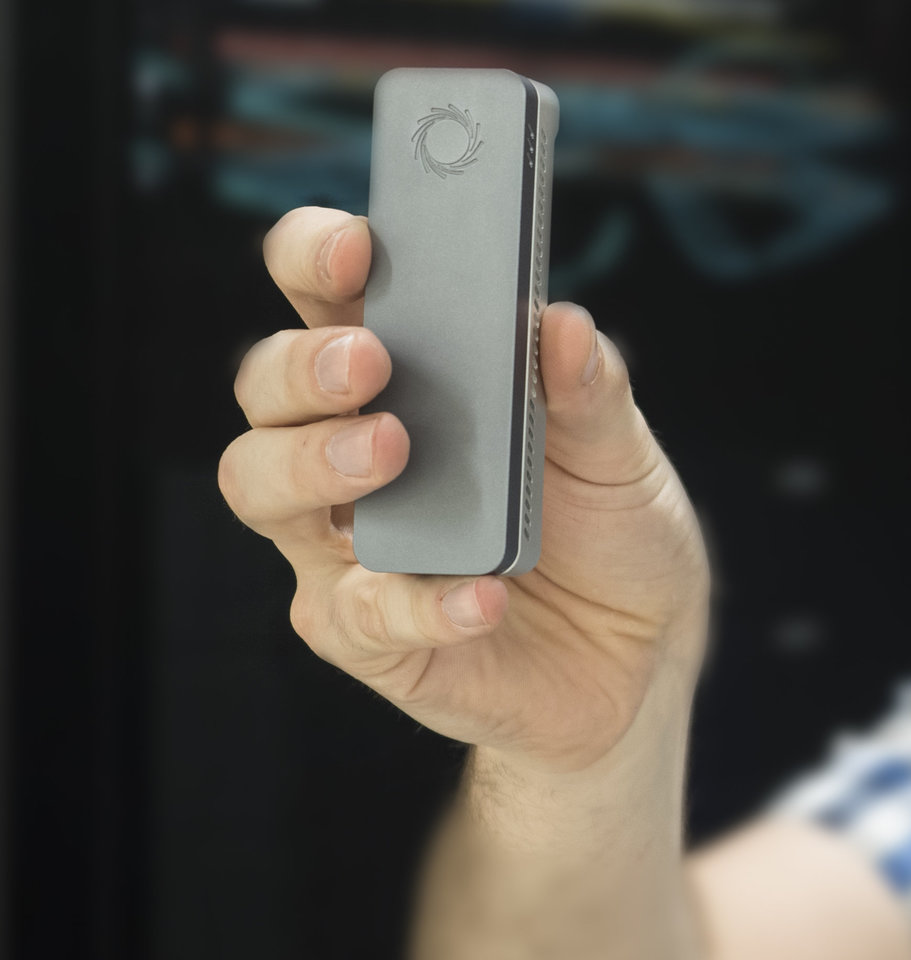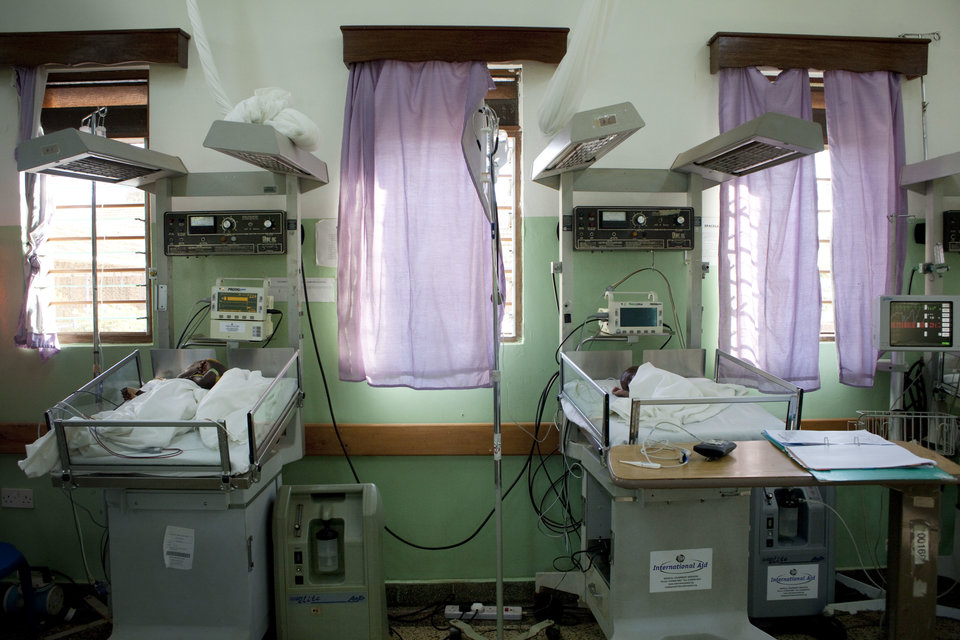Dr Thomas Abeel has been working on tuberculosis (TB) with partners all over the world for a number of years. “It struck me that there are still no efficient treatments for such a well-studied disease that has been around for a long time. One of the reasons is that we do not have efficient diagnostics”, explains Abeel. This is something he hopes to remedy. “Being able to accurately say what is wrong with a patient goes a long way towards treatment, because then you know what the options are.”
TB has been known to mankind since the time of the pharaoh’s: it was found in Egyptian mummies. For most of that time diagnosis has been based on symptoms, and in countries where TB is endemic it often still is. Though diagnostic and treatment options have increased, so has the severity of the problem. “The last decade or so we have seen a lot of drug resistance. In those cases you have very limited treatment options and the drugs are very hard on the body. So you only want to prescribe them to those patients that really need them, but that as soon as possible”, explains Abeel. However, both confirmed diagnosis and drug-resistance testing still take a long time.
Infections
Then there is the problem of multiple infections. “Only recently we have discovered how common it is that patients have several infections on top of each other. Each of these has its own characteristics, mutations, and drug-resistance.” That has serious implications for the treatment of patients: “At bacterial level no infection is resistant to every available drug, but at patient level it can happen that one strain is resistant to one drug, and another to other drugs.” In those cases, fast diagnosis is even more of the essence. However, current diagnostics take from a few days to several weeks. “This could be brought down to hours with the right molecular assay that works on bodily fluids, like sputum or blood”, says Abeel.
DNA fingerprints
To this end he is trying to identify DNA fingerprints of all the different TB strains, including those that are drug-resistant. This is where the discipline of bioinformatics comes into its own. “A computer science department is perhaps not the place you would expect to be developing diagnostics, but we do have expertise in integrating very large datasets.” Abeel and his colleagues have brought together all the public data available that contain genetic information on TB, which they are mining with the help of machine learning algorithms. “We have a collection of sequencing and meta-data from over 8,000 TB strains. We combine that with clinical data on patients who didn’t respond to treatment, for example. That way you can make associations that form the basis for identifying the DNA fingerprints of susceptible strains”, says Abeel. These susceptible strains are then checked for drug-resistance against actual samples.
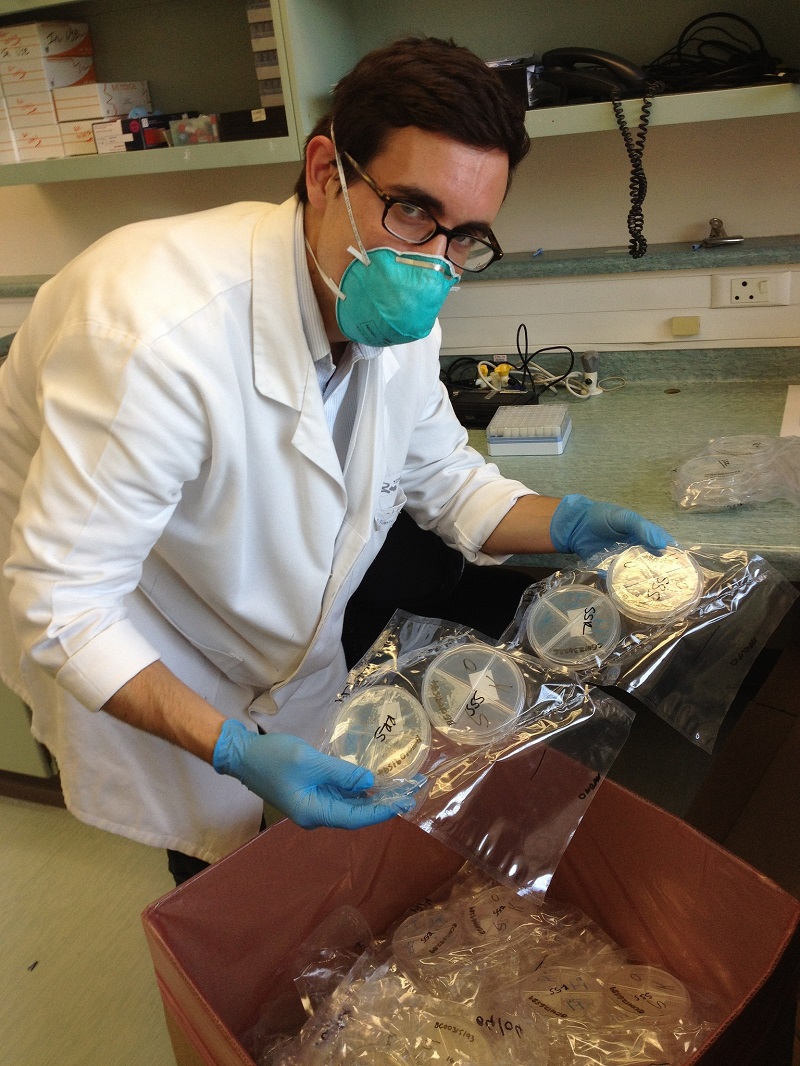
Collaboration
For this, he collaborates with the KwaZulu-Natal Research Institute for Tuberculosis and HIV (K-RITH). In South-Africa, TB is a problem of epidemic proportions. “Although South-Africa has one of the highest rates of TB, it also has the benefits of a developed country, such as the advanced labs necessary to isolate and work with these dangerous pathogens”, says Abeel.
They are also working on an evolutionary tree of TB strains. “All TB strains globally are related”, explains Abeel. “With our data we can partially reconstruct that relationship and figure out specific fingerprints for specific places in the tree.” This may help diagnose the presence of multiple infections in patients. “You can check where the patient’s strain fits in the reconstructed evolutionary tree. If it fits in more than one place, that means a patient has multiple infections.”
Bring diagnostics closer to the field
The results of Abeel’s research could be used to improve the best currently available equipment, the GeneXpert. But Abeel is also planning to use novel sequencing technology, that should work directly on patient samples with very limited lab preparations. “All current techniques require a lab, but this has the potential to bring diagnostics much closer to the field.” The development of a handheld sensor would make even more of a difference here. “That way we could do without a lab even more. The impact could be immense in all endemic countries”, Abeel concludes.
Global Research Areas
| Health | |
| Water | |
| Energy | |
| Disaster Resilience and Response | |
| Urbanisation |

